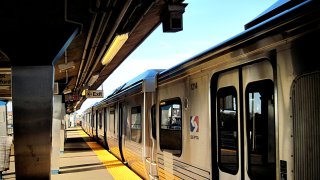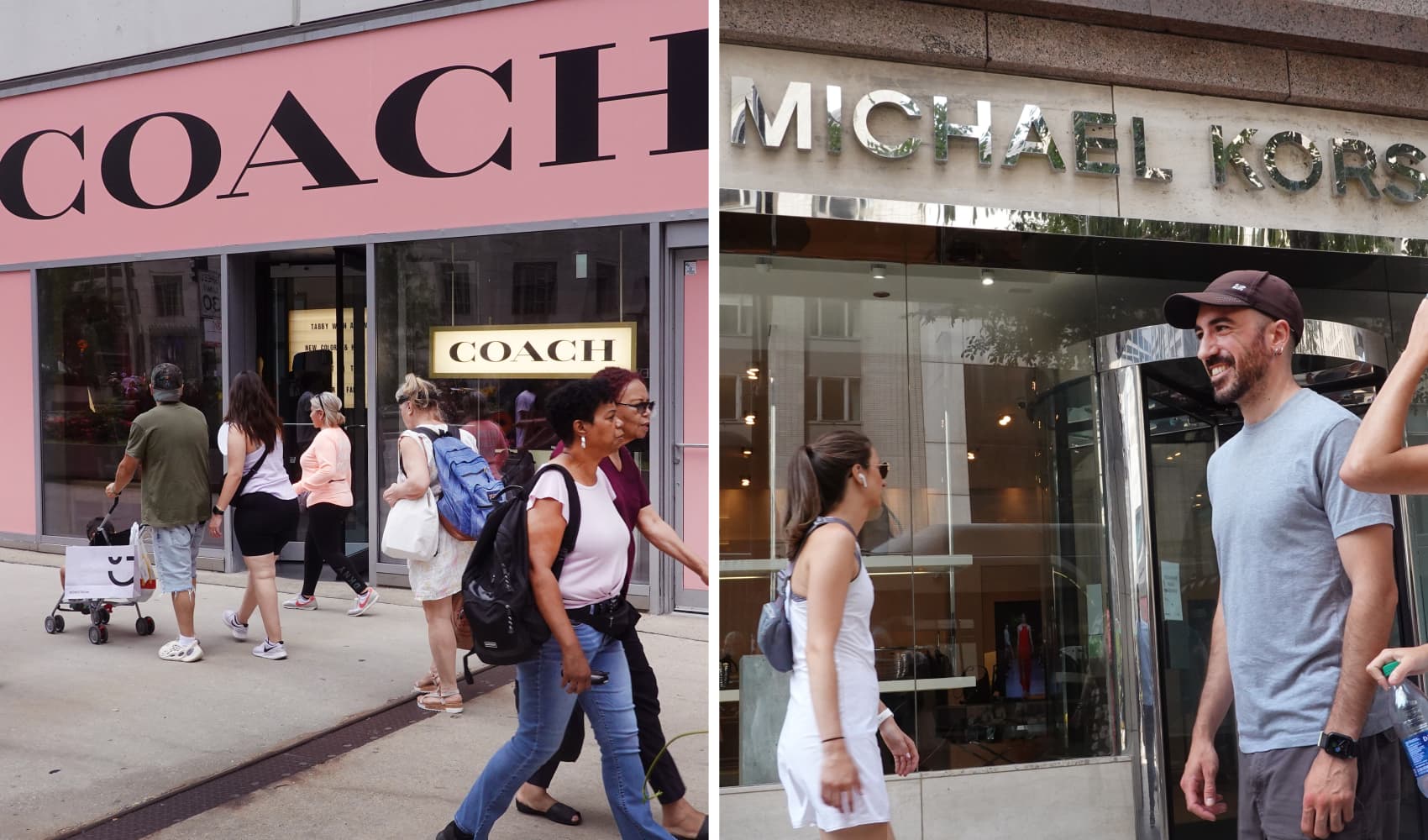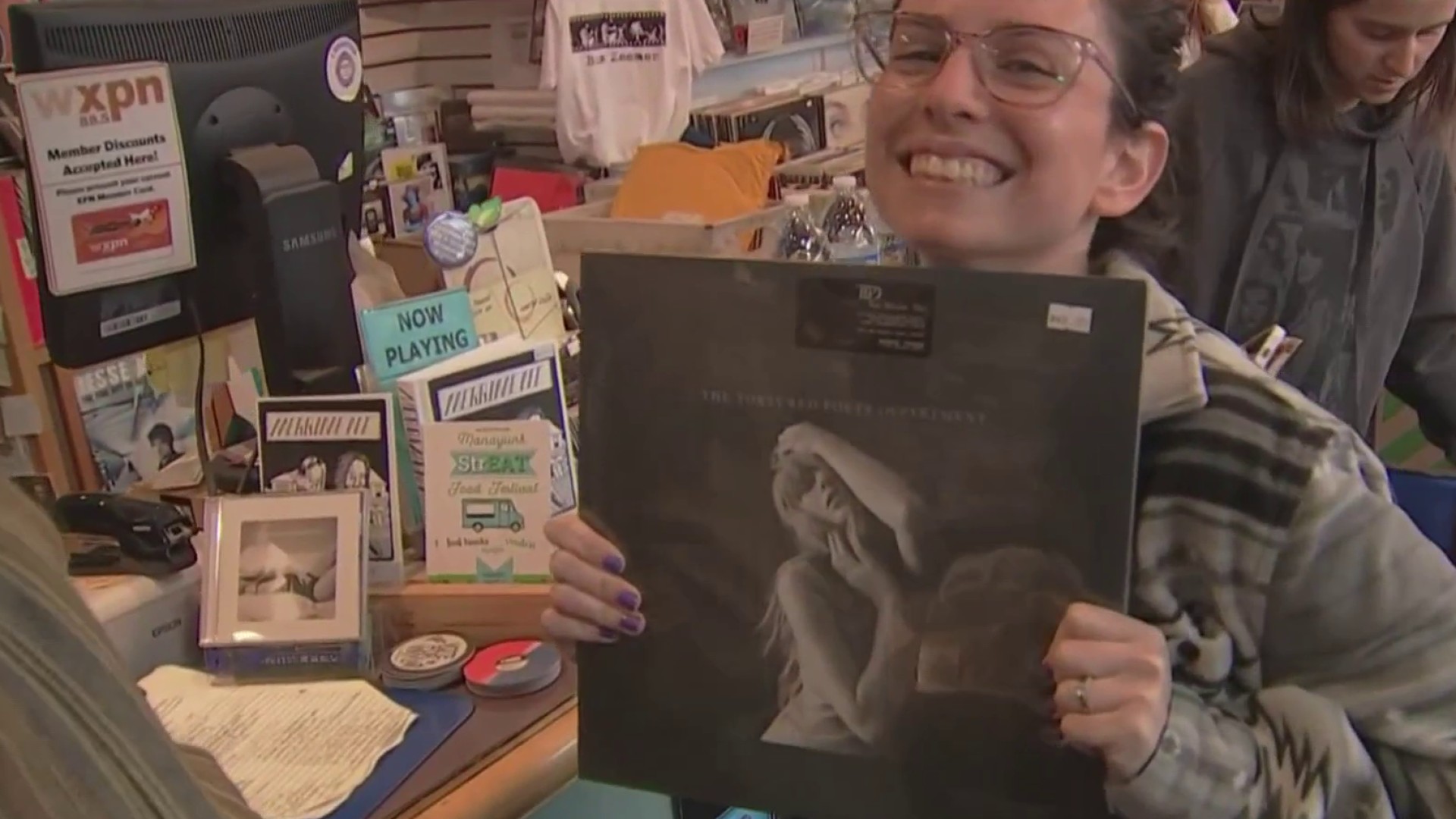
SEPTA is in a $350 million hole.
That's the depth of a budget shortfall the Southeastern Pennsylvania Transportation Authority is projecting for its fiscal 2021 year ending in June as Covid-19 bludgeons its revenue and government support for the transit system withers. SEPTA is now weighing cutting service lines, closing stations and raising fares as it struggles to plug the gap in its operating budget, and it could take years before ridership figures approach anywhere close to pre-Covid levels.
More than 20 million passengers rode SEPTA each month before the pandemic but ridership collapsed in the spring as people were cautioned to stay inside their homes. Ridership on the country's seventh-largest transit system plummeted close to 90% in April and May, leaving buses and rail cars empty but costing SEPTA for each stop they made.
For the 2020 fiscal year, the transit authority took in $403.4 million in revenue, 24% less than the $527.8 million projected. SEPTA is now losing about $1 million each day in revenue, SEPTA General Manager Leslie Richards said.
“We would be collecting around $40 million a month, and we were lucky to get about $4 million this summer,” Richards said.
Ridership picked up slightly as some Greater Philadelphia restrictions eased over the last eight months and people gradually returned to work.
Richard Burnfield, SEPTA’s deputy general manager, predicts it will take until the end of 2022 to get anywhere close to pre-pandemic ridership levels, or reaching 80% to 90% of the 20 million passengers per month.
Business
Covid-19 has also created an unprecedented reversal of SEPTA’s financial situation: Its capital budget is stable while its operating budget is in jeopardy.
Funding for the $1.53 billion operating budget stems from passenger revenue and state subsidies. Some transit agencies take funds from their capital budget in case of an operating budget shortfall, but that practice isn’t in the cards for SEPTA.
“We have never done that, and we don’t plan on doing it,” Richards said, adding that SEPTA prides itself on having a balanced budget.
The transit system received $644 million in federal CARES Act funding and has spent $149.6 million of it to cover passenger revenue gaps through Oct. 24. SEPTA spends about $30 million a month drawing down those funds, Burnfield said, and it'll get SEPTA through to the end of calendar year 2021.
The Pennsylvania Turnpike Commission will also move forward with providing funding to PennDOT for public transit for fiscal year 2021. Those funds will help secure SEPTA’s capital budget, which is typically in flux from year to year, Richards said.
Adding more reason for concern, the commission's funding won’t last forever, as its annual $450 million payment to PennDOT — of which SEPTA gets $178 million — will drop to just $50 million per year as of fiscal 2022. SEPTA has long been staring down the barrel of a funding decline, and the transit system has been advocating for more dollars.
“We’ll be faced with some really tough decisions starting next year as to what we’re looking at in terms of how we can continue to operate a service and what changes we can make to continue to operate our system with the resources we will have available,” Burnfield said.
Everything is on the table now, including fare increases. The transit agency approved a fare restructuring program this year that slightly increased prices on several transit passes but eliminated the controversial $1 transfer fee, allowed children under 12 to ride for free and added a three-day pass.
Richards, however, said it may not be enough.

“I don’t, at this time, anticipate that that is going to be the answer to get us out of the financial challenge that we’re in, but we’re not at a point right now to say that we’re not going to look at certain options,” she said.
SEPTA is also assessing whether it would need to cut service for some lines and stations. Bringing lines and stations back online once the pandemic ends or the money returns is no small task, Richards said.
“When we reduce or eliminate any type of service, the ability to bring it back is extremely costly as well as very slow,” Richards said. “It’s not like you can flip a switch and reduce transit agency service, nor can you flip it back on and restart.”
SEPTA is not alone in seeing ridership and revenue dive. The Massachusetts Bay Transportation Authority, which serves Boston’s metropolitan area, reported subway ridership is down more than 75% from pre-Covid levels, and commuter rail is down nearly 90%. For San Francisco’s Bay Area Rapid Transit, or BART, ridership fell 87% year-over-year in October when compared to the same month in 2019.
But the difference between SEPTA and its sister transit systems is that it doesn’t have nearly the budget of its peers, Richards said. Richards has bemoaned the discrepancies in funding for SEPTA compared to other public transit systems since the beginning of her tenure in January 2020.
SEPTA’s capital budget for fiscal 2021 is set to total $640.22 million. For comparison, BART’s capital budget will be more than $1.5 billion, and the 2021 capital budget for Washington, D.C.'s Metro totals $1.8 billion. Boston’s MBTA will have a $1.75 billion capital budget in 2021.
“We’re trying to play catch-up here, but the issue is that you can’t really catch up when you’re under budget every year,” Richards said.
She reiterated earlier sentiments that getting SEPTA the funding it needs can help support Pennsylvania’s economy as a whole, not only its commuters. Pennsylvania saw millions of people apply for unemployment compensation at the start of the pandemic. If SEPTA had a more robust capital budget, it could support infrastructure projects that provide jobs and improve the growing Southeastern Pennsylvania region, she said.
“Everybody always says that infrastructure is a good investment and they understand and they want the projects associated with it, but it’s very hard for them in decision-making roles, the legislators, to agree on a way to raise those funds,” Richards said.
Read more business news at the Philadelphia Business Journal.



